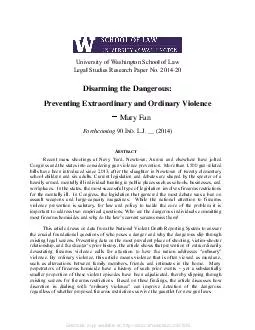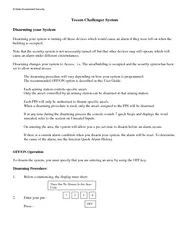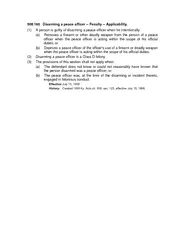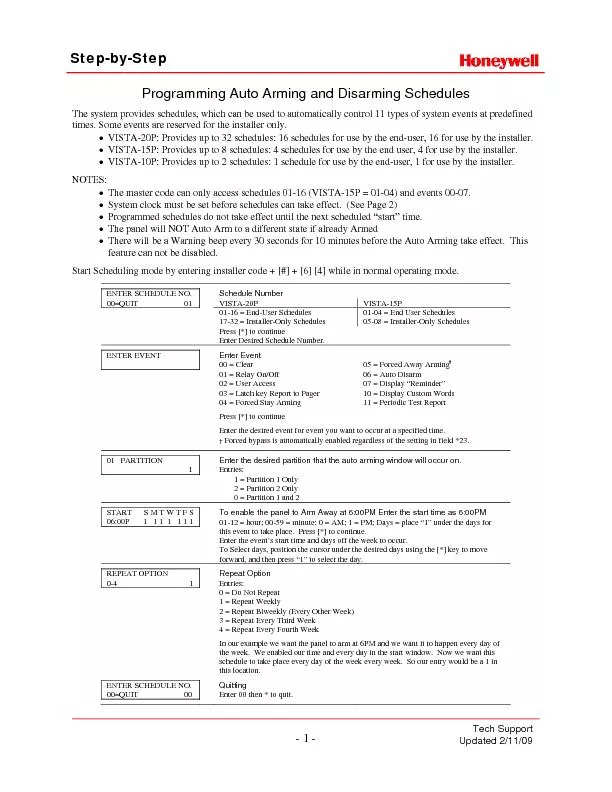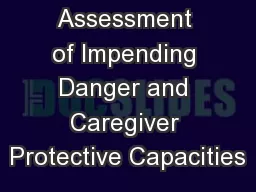PDF-DISARMING THE DANGER
Author : myesha-ticknor | Published Date : 2016-03-14
OUS PREVENT ING EXTRAORDINARY AND ORDINARY VIOLENCE Mary Fan xF02A Forthcoming 90 I ND LJ 2014 ABSTRACT Recent m ass shootings at Navy Yard Newtown Aurora and
Presentation Embed Code
Download Presentation
Download Presentation The PPT/PDF document "DISARMING THE DANGER" is the property of its rightful owner. Permission is granted to download and print the materials on this website for personal, non-commercial use only, and to display it on your personal computer provided you do not modify the materials and that you retain all copyright notices contained in the materials. By downloading content from our website, you accept the terms of this agreement.
DISARMING THE DANGER: Transcript
Download Rules Of Document
"DISARMING THE DANGER"The content belongs to its owner. You may download and print it for personal use, without modification, and keep all copyright notices. By downloading, you agree to these terms.
Related Documents

